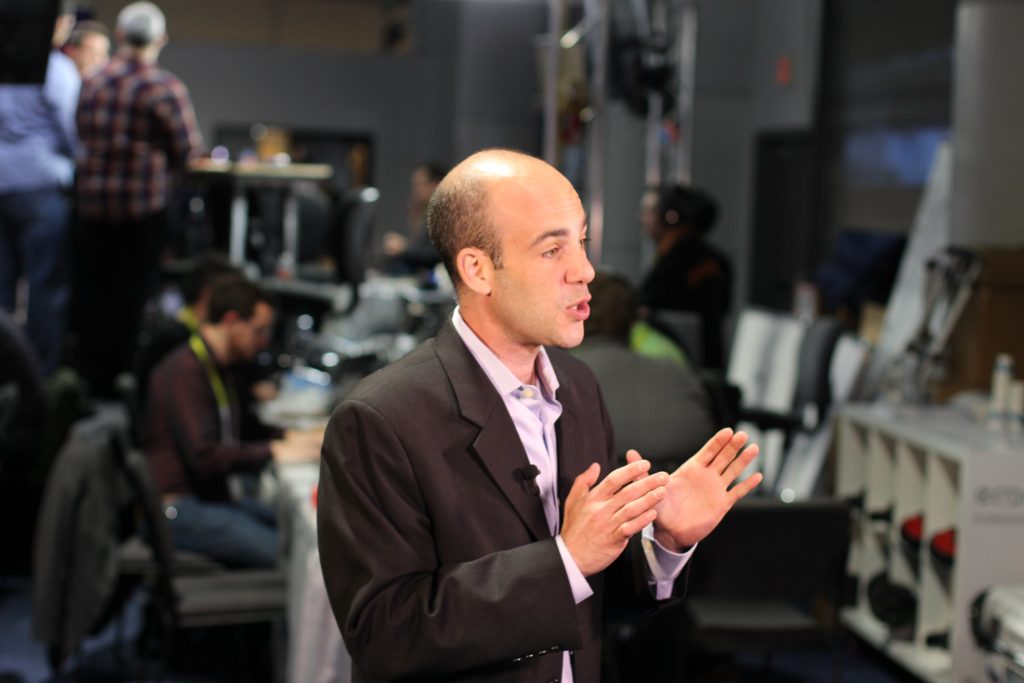As an educator, you have a noticeable responsibility to live and breathe inclusivity. Everything that has happened in global events in the last few decades has led people to a 2023 that puts people first and strives to promote equality. It is essential that this is felt in the walls, corridors, and open spaces of schools, so what can educators do to support inclusivity?
Make Your Classroom Warm and Welcoming
The way you hold yourself when a pupil walks into a room matters. How your classroom feels and looks is conducive to a successful learning environment in two major ways. The first is that when pupils walk through the door, they will already be carrying the weight of their own emotions regardless of whether they are positive or negative. A neutral, warm arena aims to not trigger or exacerbate so that barriers to learning like anger, hyper-activeness, and so on are kept at bay. The second is that a warm, welcoming classroom is immediately better for mental health and consistency. Students that know what to expect will be able to engage more quickly with the lesson of the day.
Invest in Active Learning Approaches
A useful route to acquiring a deeper understanding and insight into the requirements and strategies for authentic inclusivity is to learn about it. Explore an MSEd degree route and see where it could take your professional development journey. It is something you can do alongside teaching, and it will set a great example to your students as well as upgrade your status in the school.
Pay Attention
The simple act of paying attention is something all teachers can do. Rarely a minute goes by in the classroom where there is not something worth observing that will facilitate a better learning experience, and it is your job to tune in and switch on. It could be subtle things like reading the mood of somebody or watching an interaction between students — there is so much to be learned through being actively attentive.
Give Students a Voice
A student’s voice is a powerful tool. Teachers can find ways to promote the channels of self-expression to help young learners speak up. A major theme for inclusivity is feeling as though you are seen and that you are heard, is it not? So, this ought to be a core focus and objective. How can it be done? There are concrete strategies that are entirely buildable.
Controlled Feedback Sessions
One way to do this is through controlled feedback sessions. Teachers can give their students the opportunity to deliver thoughts and feelings about lessons, and general classroom vibes including peer relationships if they wish. It can be anonymous, or an open group discussion, and all of this feedback can be put into action where appropriate.
Educators are obligated to foster inclusivity in every classroom, corridor, and interaction they have with their students. Regardless of the age group or the setting, it is a goal that can be achieved because education is for all young people, and that needs to shine through above all else.




